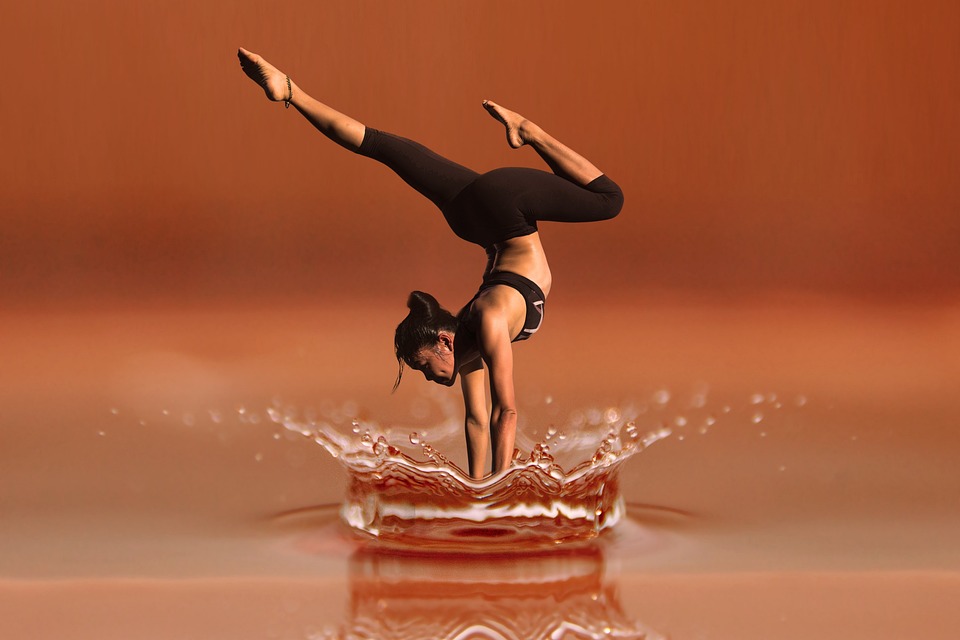Introduction
Dance has been an integral part of human culture for centuries, serving as a form of self-expression, entertainment, and celebration. However, beyond its aesthetic value and entertainment factor, dance has a profound impact on both the mind and body. The healing powers of dance have often been overlooked, but research and personal anecdotes continually highlight its transformative effects on individuals who engage in this beautiful artform. From physical rehabilitation to mental well-being, dance offers a multitude of benefits that go far beyond the joy it brings.
Improving Physical Health
Engaging in dance is an excellent way to improve physical fitness and overall health. Dance can be an effective cardiovascular workout, providing a unique and enjoyable alternative to traditional exercise methods. With its combination of aerobic and anaerobic elements, dancing enhances endurance, muscular strength, and flexibility. Whether it’s ballroom, ballet, hip-hop, or salsa, the intricate movements require various muscle groups to work together, leading to improved coordination and balance. Regular dance routines can also aid in weight management and help prevent conditions like diabetes, obesity, and heart disease.
Rehabilitation and Injury Prevention
The healing potential of dance is particularly evident in the field of rehabilitation. Numerous studies have shown that dance can accelerate recovery and improve outcomes for individuals with physical injuries or disabilities. Its rhythmic and expressive nature enhances motor skills, body awareness, and proprioception. Dance can be a powerful tool in physiotherapy and rehabilitation programs, assisting patients in regaining strength, coordination, and range of motion.
Furthermore, dance serves as an effective means of preventing injuries. Through dance education and proper technique, individuals develop strong core muscles, flexible joints, and increased body awareness. This combination reduces the risk of injury during physical activities and helps promote a long-lasting, injury-free lifestyle.
Promoting Mental Well-being
The mind-body connection is a fundamental concept in dance. Engaging in dance has been repeatedly linked to improved mental well-being, including reduced stress, anxiety, and depression. Dance provides an outlet for expressing emotions, fostering self-confidence, and enhancing self-esteem. It allows individuals to escape the pressures of daily life, offering a creative and liberating space for personal growth. The rhythmic movements and music associated with dance stimulate the release of endorphins, neurotransmitters that promote feelings of pleasure and happiness. This natural boost in mood can have long-lasting effects on mental health.
A study published in the New England Journal of Medicine found that dancing regularly reduced the risk of developing dementia by a staggering 76%. Dance requires mental engagement, coordination, and memorization, all of which contribute to cognitive stimulation. The combination of physical exercise, social interaction, and mental engagement makes dance a powerful tool in maintaining brain health and preventing age-related cognitive decline.
Promoting Social Connection
Dance provides an excellent opportunity for social interaction, fostering connections with others and combating isolation. Whether it’s participating in group classes, joining a dance troupe, or attending social dance events, individuals can meet new people and build lasting relationships. The shared passion for dance creates a sense of community, breaking down barriers and promoting inclusivity. The social nature of dance enhances communication skills, empathy, and cooperation, helping individuals develop a sense of belonging and support.
Empowering Artistic Expression
Dance is a unique art form that allows for unlimited creative expression. It empowers individuals to tell stories, convey emotions, and challenge societal norms through movement. Dance transcends language barriers, cultural differences, and personal limitations, offering a universal means of communication. Through dance, individuals can explore their identities, push boundaries, and embrace their authentic selves. This creative outlet enables personal growth and empowers individuals to express themselves in ways they may struggle to do so verbally or in other art forms.
Conclusion
The healing powers of dance are undeniable. From physical rehabilitation and injury prevention to mental well-being and social connection, dance offers a multitude of benefits that go beyond the surface. The transformative effects of dance on the mind and body are backed by scientific research and countless personal anecdotes. By embracing the art of movement, individuals can discover a path towards improved physical health, mental well-being, personal growth, and creative expression. So, let us recognize the healing powers of dance and embrace its transformative potential in our lives.

